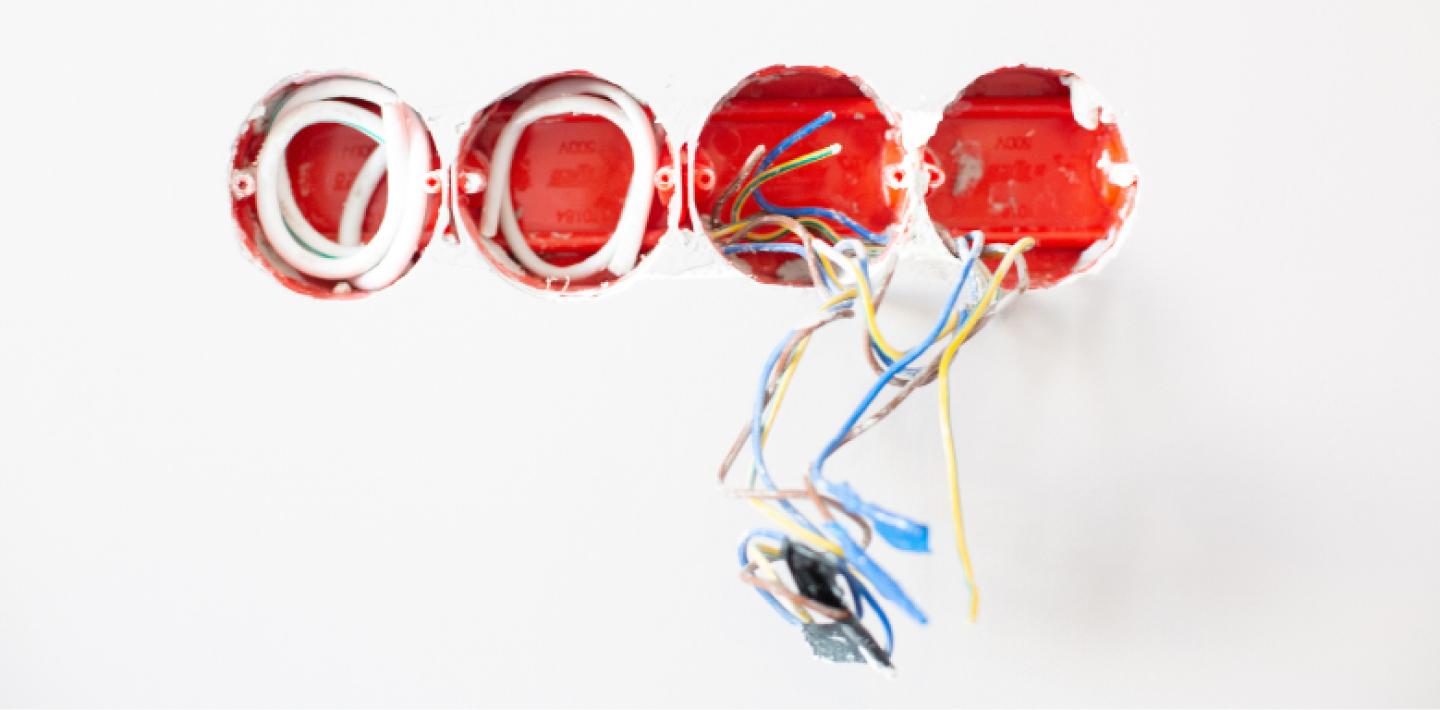The Real Insight is a must-read consumer newsletter that delivers important news about the real estate market right to your inbox every week. The Real Insight will benefit readers with hand-picked articles and curated content that puts our expertise in the real estate industry to work for you. Learn about the best time to buy or sell, when to start (or stop) that pesky remodeling project and how the larger real estate market could impact your decision on whether to invest in real estate—and when. You’ll also receive reliable seasonal articles during tax time and DIY decorating tips for the holidays. Subscribe to The Real Insight today and get informed!

Installing a ceiling fan is a popular DIY project that many homeowners attempt. Here are some dos and don'ts for installing a ceiling fan:
DIY electrical projects can be a great way to save money, learn new skills, and improve your home. However, it is crucial to prioritize safety, plan the project carefully, and follow instructions closely. Always turn off the power supply before starting any electrical work, use the right tools and materials, and test your work to ensure that everything is working correctly. Don't hesitate to seek advice from experts or professionals if you are unsure about any aspect of the project.



